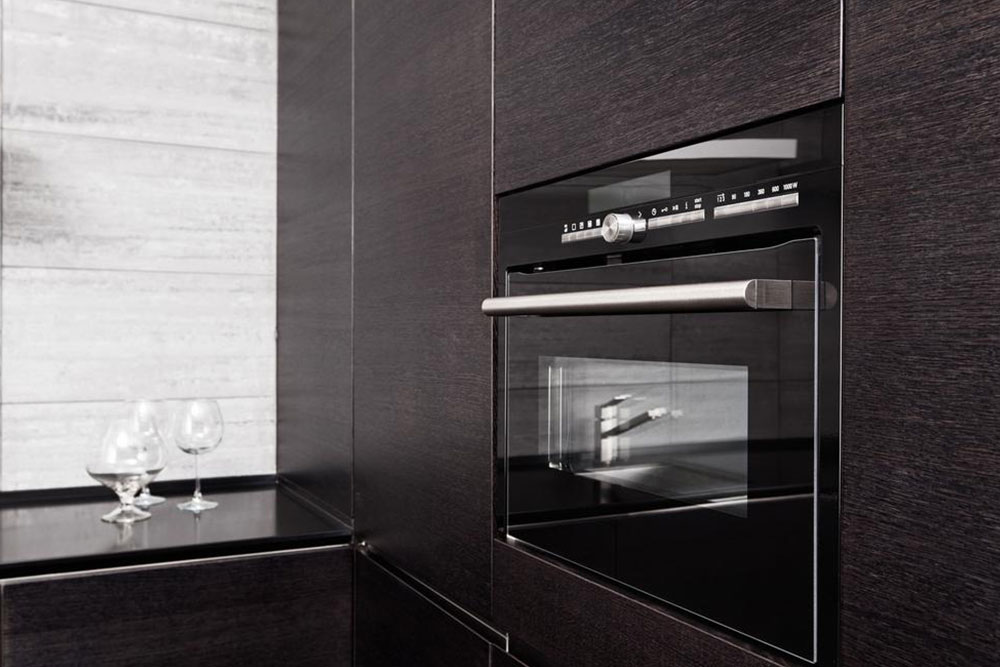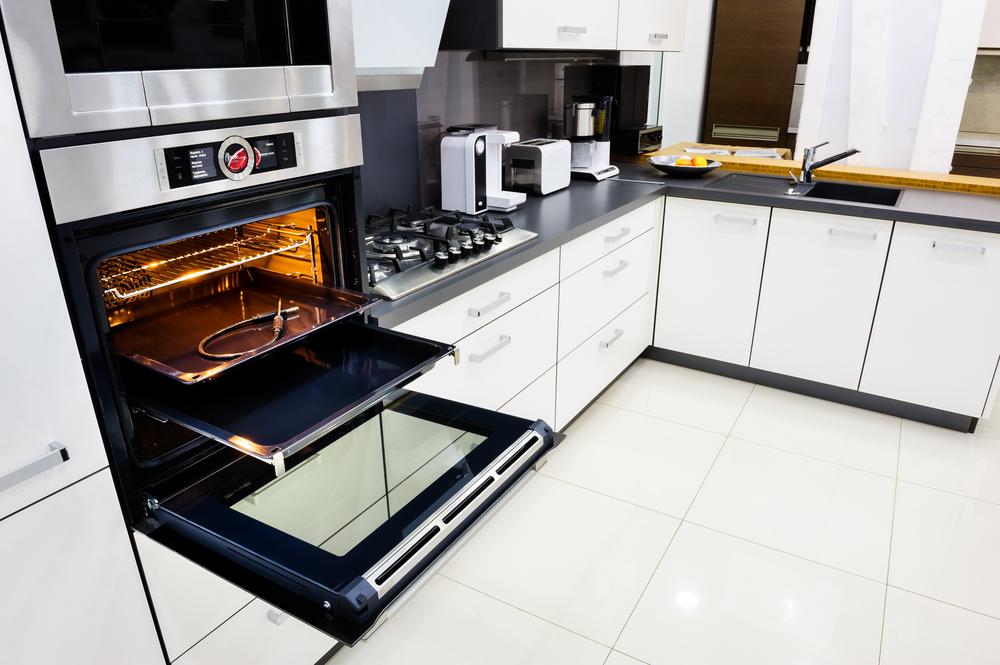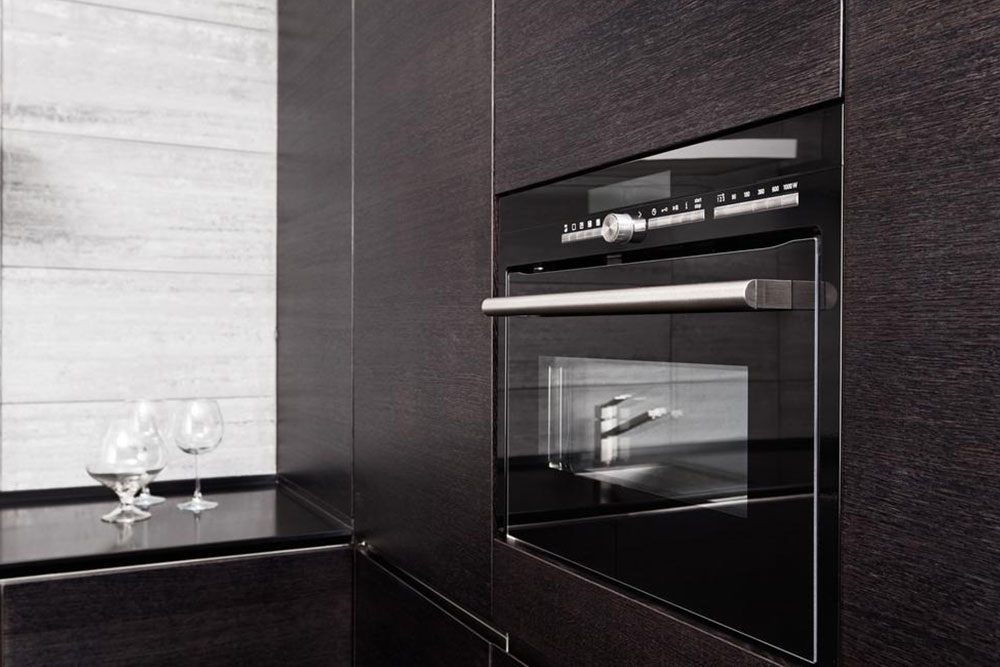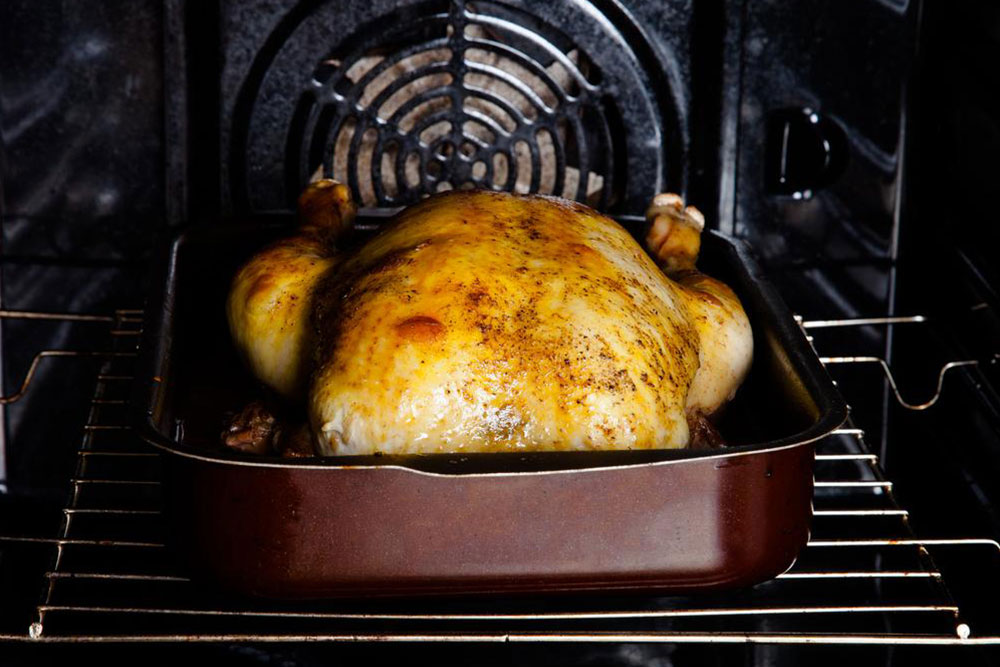Essential Guide to Choosing Electric Oven Ranges
This guide provides essential insights into electric oven ranges, including installation tips, types, and features to help you choose the perfect kitchen appliance. Understand the differences between traditional, fan-assisted, and multifunctional ovens to enhance your cooking experience and kitchen design. Whether upgrading or building new, this article equips you with the knowledge needed for a smart purchase decision.
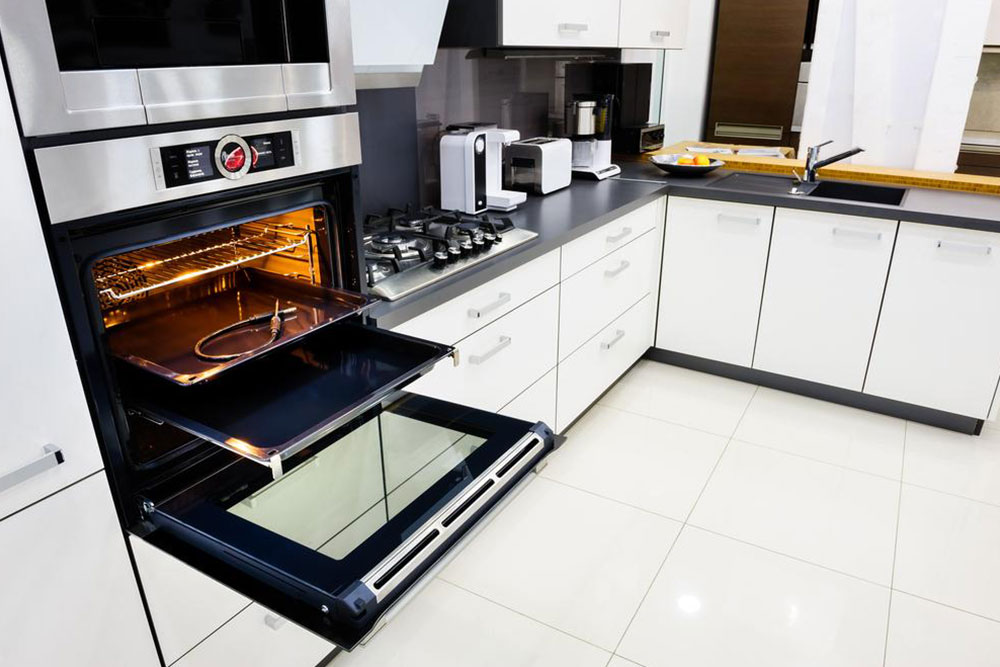
Essential Guide to Choosing Electric Oven Ranges
Understanding the features and differences of electric ovens is crucial before upgrading your kitchen appliances. If you're considering purchasing a new electric oven, having detailed knowledge will help you make an informed decision. Let’s explore single electric oven ranges to assist you in selecting the right model for your culinary needs.
What are single electric oven ranges?
Single electric oven ranges, often referred to as built-in ovens, are designed to be integrated into the kitchen cabinetry. They can be installed beneath the counter or in dedicated cavities, offering a sleek appearance that complements modern kitchen designs. These ovens optimize space while providing functional and aesthetic benefits.
Installing your electric oven
Professional installation is recommended unless your oven operates on a standard 13-amp power supply with a molded plug. There are three common methods for installing single electric ovens:
Using a standard 13-amp supply with a molded connection.
Hardwired connection with 13 amps, without a plug, connected directly to the main electrical ring.
High-capacity hardwired connection between 32 to 40 amps, suited for dedicated circuits—installation often requires professional assistance, and cables are typically provided by the technician.
Note that ovens usually do not include power cables, so extra charges may apply for installation services.
Varieties of single oven electric ranges
Electric ovens come in different styles: traditional, fan-assisted, and multifunctional units. The multifunctional models are highly versatile, offering preset programs for various cooking methods like sautéing, frying, simmering, and reheating, simplifying meal preparation. Fan-assisted ovens feature rotating fans that evenly distribute heat throughout the cavity, ensuring uniform cooking and faster results. These ovens often incorporate additional heating elements at the top and bottom, providing superior heat distribution compared to conventional ovens, which tend to have uneven temperature zones. Knowing the advantages and limitations of each type helps in choosing the most suitable oven for your culinary tasks.
Before deciding, evaluate the pros and cons of each oven type to ensure it meets your cooking preferences and space requirements.

